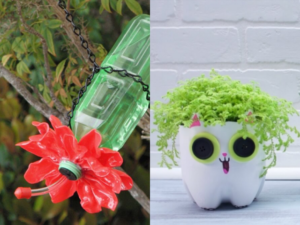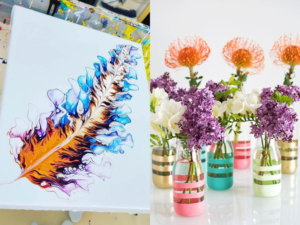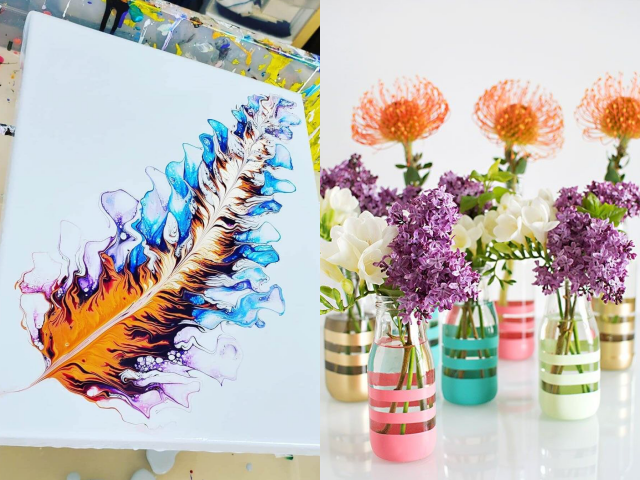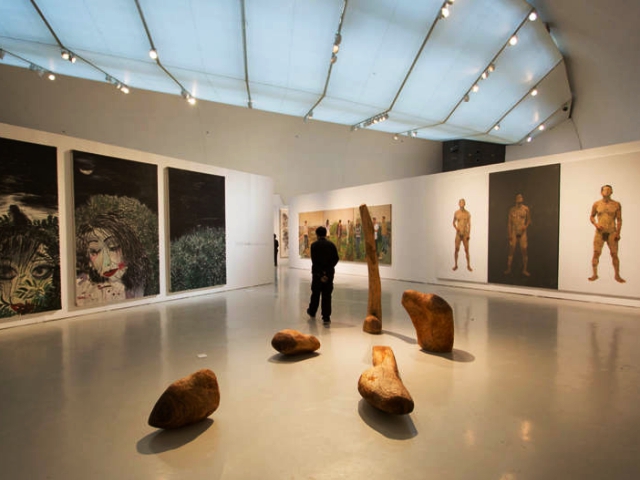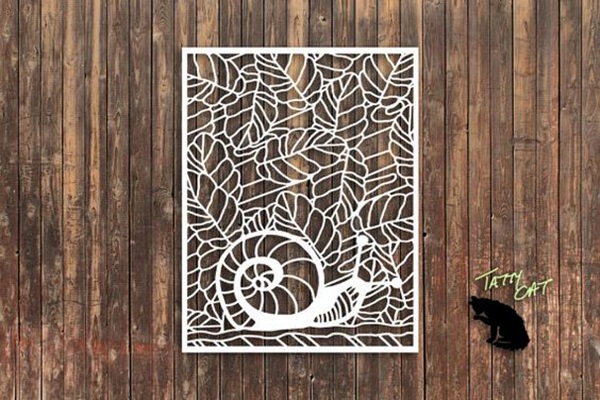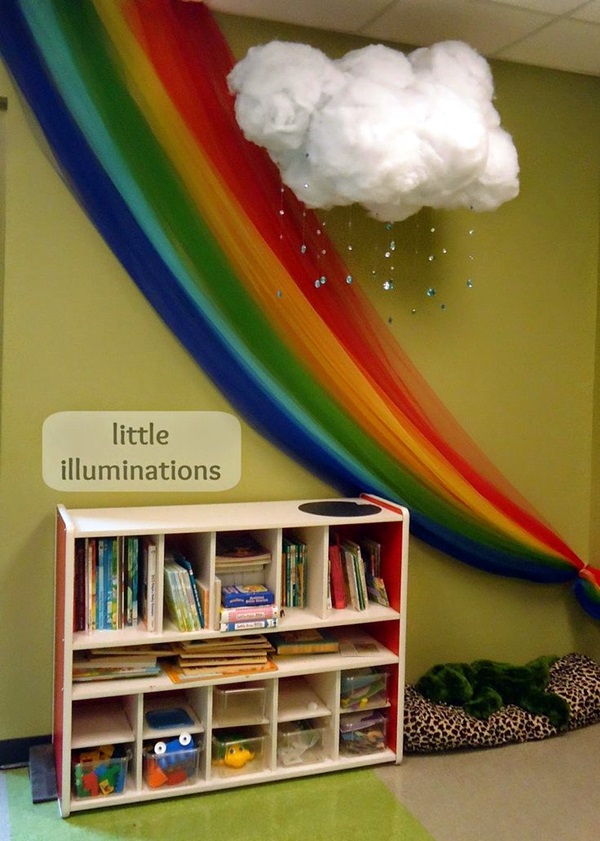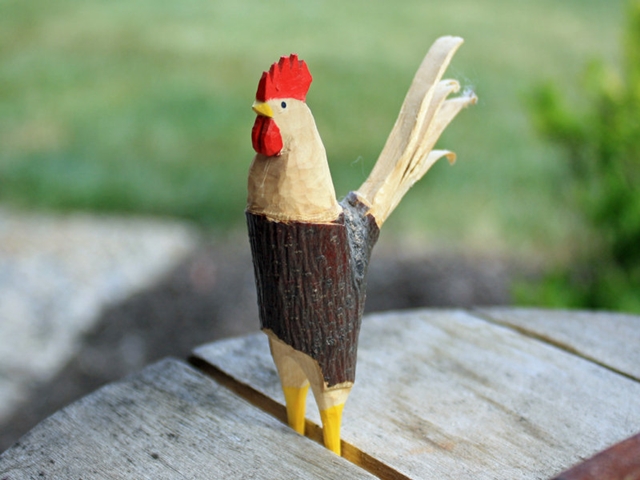Today one of the most versatile medium for artists is paints that are acrylic based. They are easy to apply on any surface that is free of wax and oil. What this translates to is that acrylic paints can be utilized for many purposes including painting on pottery or even on clothes as well as being used on canvas. Basically working with acrylics can be an awesome feeling but of course like all good things it comes with a catch. The catch with acrylics is that they are known to dry up very fast and this could affect the brushes that you use, if you do not take the proper steps to prevent this. You would also end up wasting lots of paint.

In case you are confused between going with oils or acrylics, you need to try both to see which one works better for you. But in case you are going with acrylics, you will find the tips given here very useful. Follow these tips and you can be sure that you will be able to work with acrylics even with their propensity to dry faster. These tips will alleviate the problems that come from acrylic paints drying too fast:
Acrylic Painting Tips for Beginners
- Do ensure that you keep a container filled with water right next to the painting palette. This way you can keep the tips of the brushes in the water when you are not using them to paint. This way the acrylic paint will not be allowed to dry out and harden the bristles.
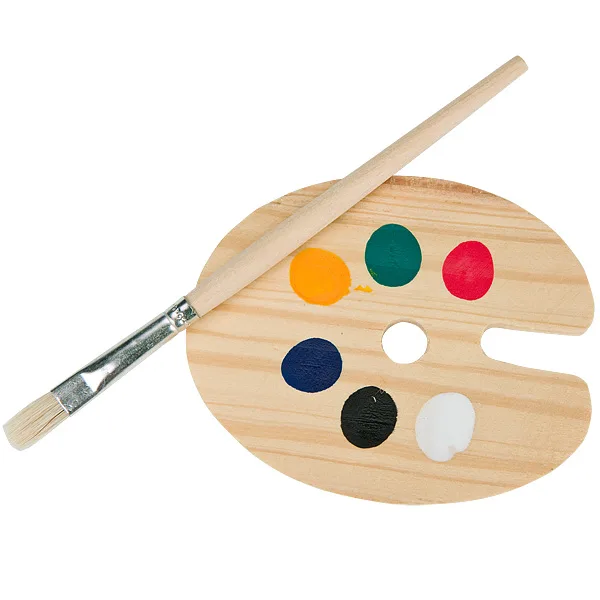
- Make use of a spray bottle to spray on the paints to keep them from getting dried on the palette. Misting them with moisture will also ensure that no solid lumps of paint dry out on the palette.
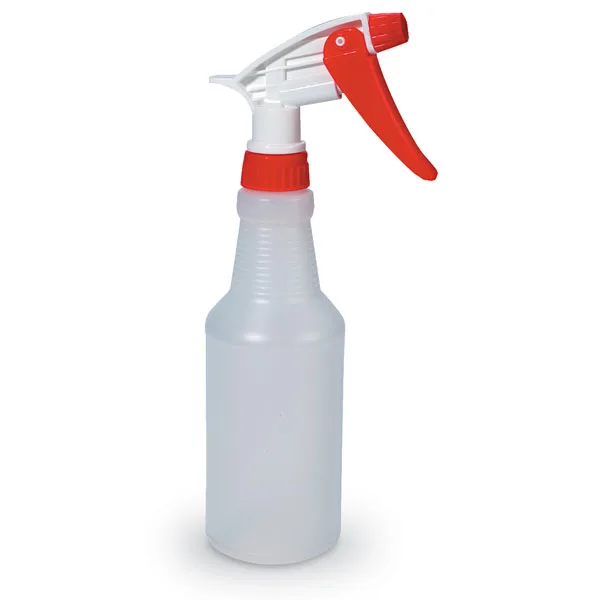
- Try and work faster: Since acrylic paints tend to dry faster, you need to speed up the process of painting. If you take your time doing repaints and adjustments, the paints are likely to dry out.
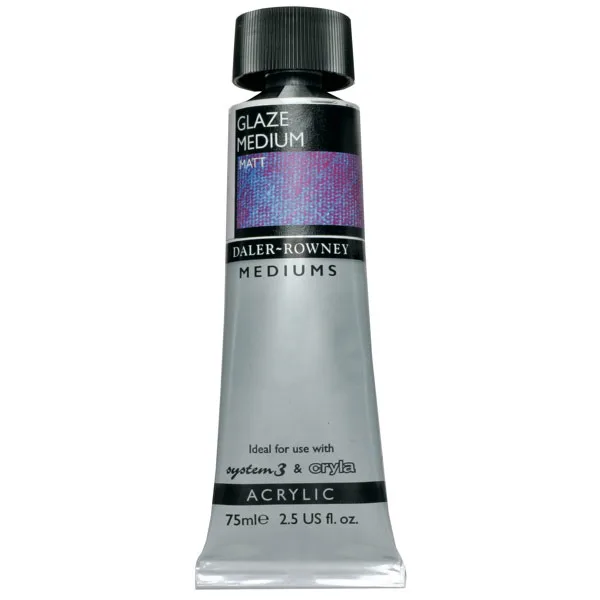
- Acrylic retarder: In case you feel that you cannot paint fast, then you are better advised to keep a tube of acrylic retarder on the ready to slow down the process of drying in acrylic paints
- Less water usage: Ensure that you do not use too much water when melding or using the paint will ensure that the quality and texture is not diluted.
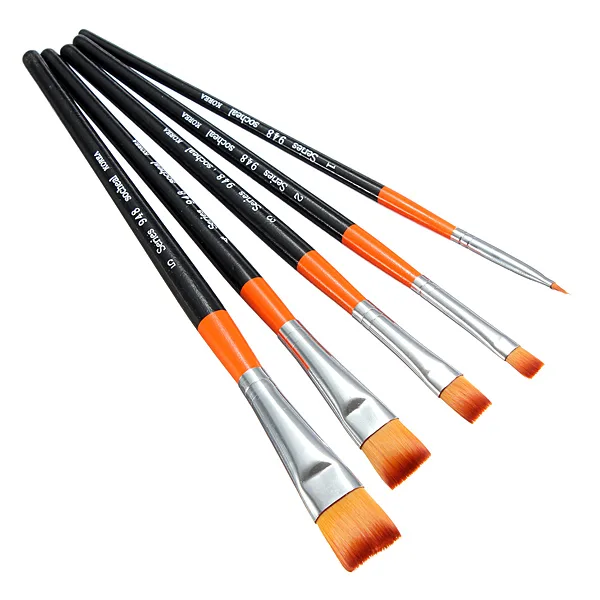
- Mild soap: Clean the brushes with some mild soap while ensuring that all traces of acrylic paints are removed from the bristles of the brushes.

- Avoid solvents: Keep away from solvents like white spirits or turpentine when you clean out the brushes as acrylics do not need anything stronger than simple water and mild soap.
- Close properly: You need to keep an eye out to ensure that the tubes and jars of acrylic paint containers are properly closed to prevent drying out. This small step will make a big difference.
- No wax or oil: Do make sure that the surface you are painting has no wax or oil on it to ensure that the paint can stick properly to the surface you are painting on.
- Squeeze out less: Every time you take out the paint, ensure that you do not squeeze too much out as this can cause the paint to dry out.
- Mix less: When you mix up paints to make different colors and shades , do this gently to avoid the formation of air bubbles. These will crack later on.
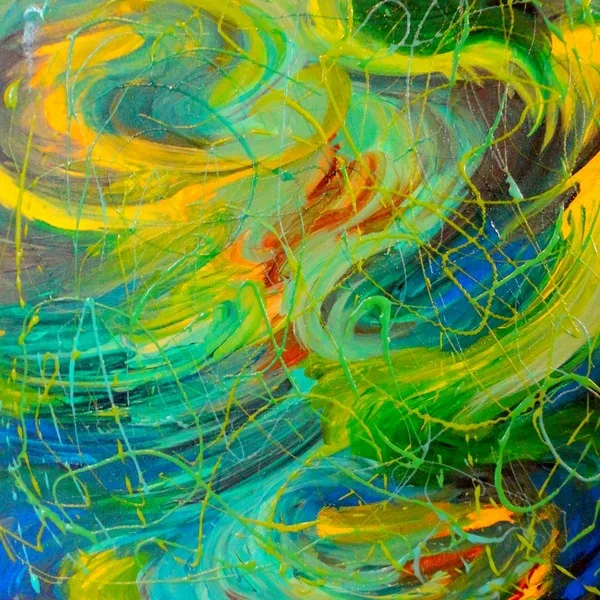
- Priming: Do not use oil based primers to prime the painting area, instead use acrylic gesso primers when you are going to paint with acrylics.
- Mist and cover: When you are leaving your paints out overnight on the palette, you could use some water to mist the paints and then cover it with a lid which is air tight.

